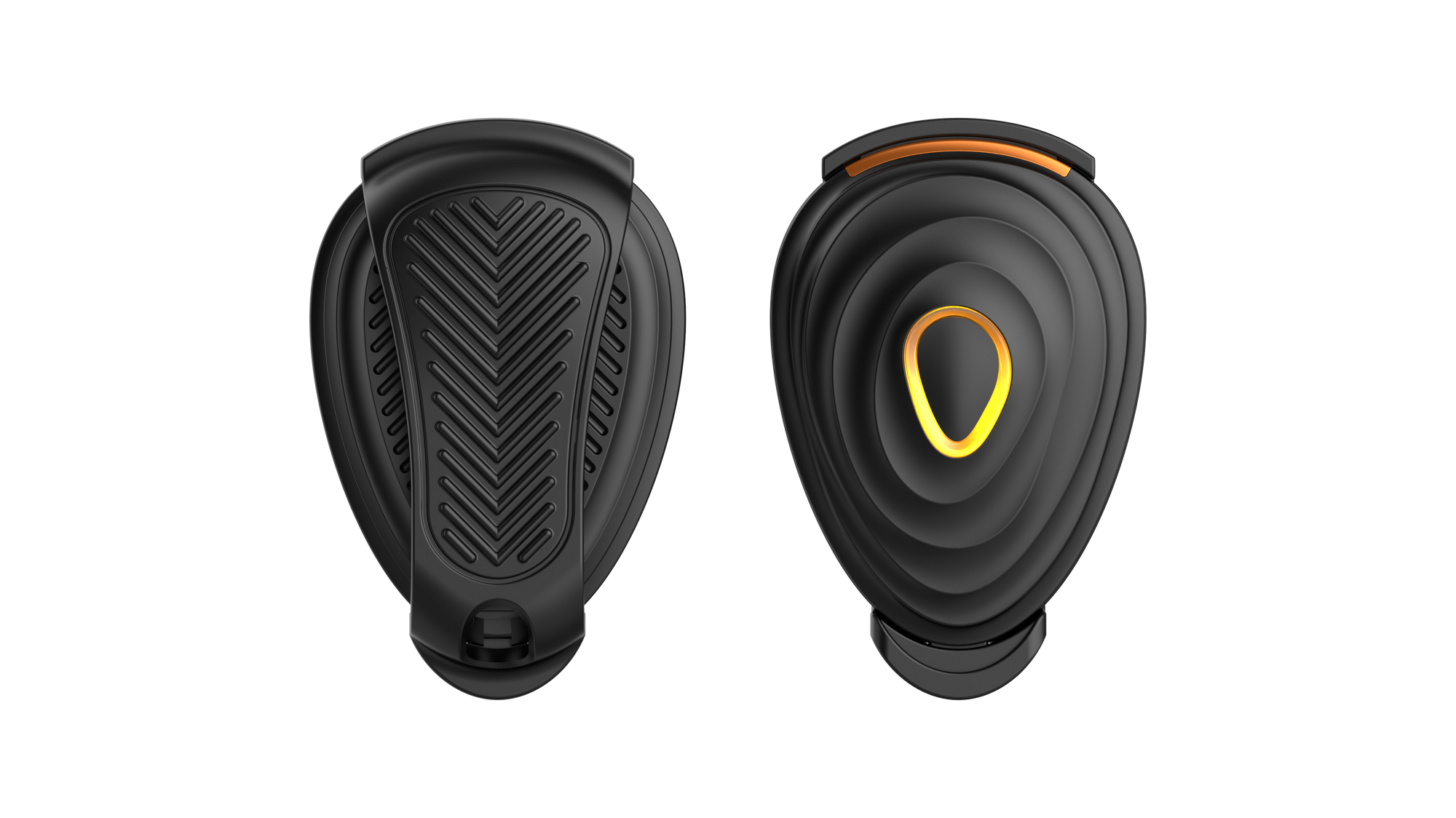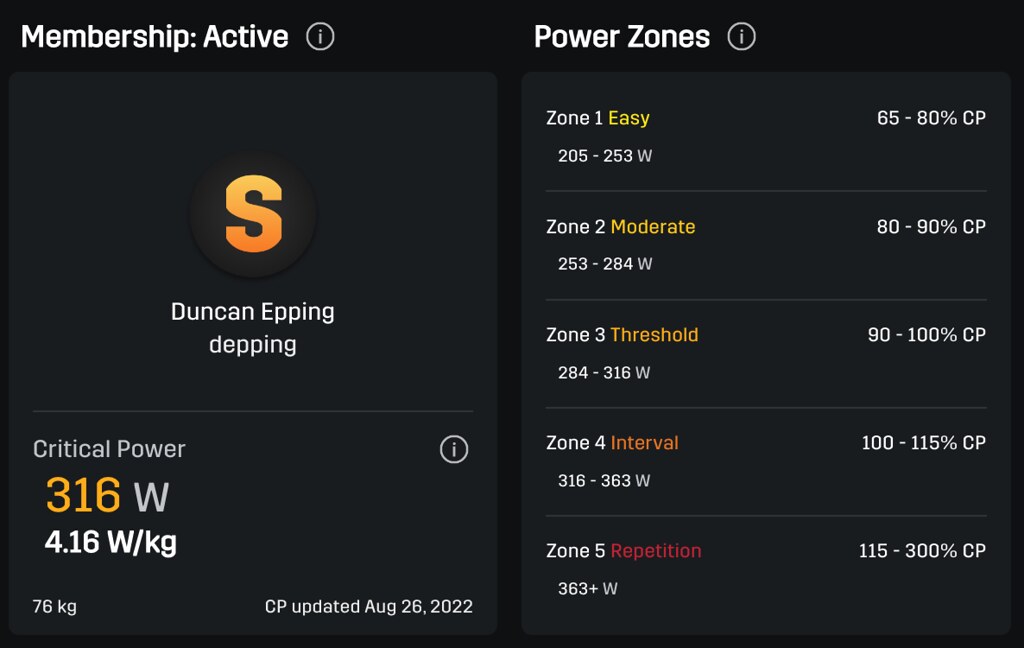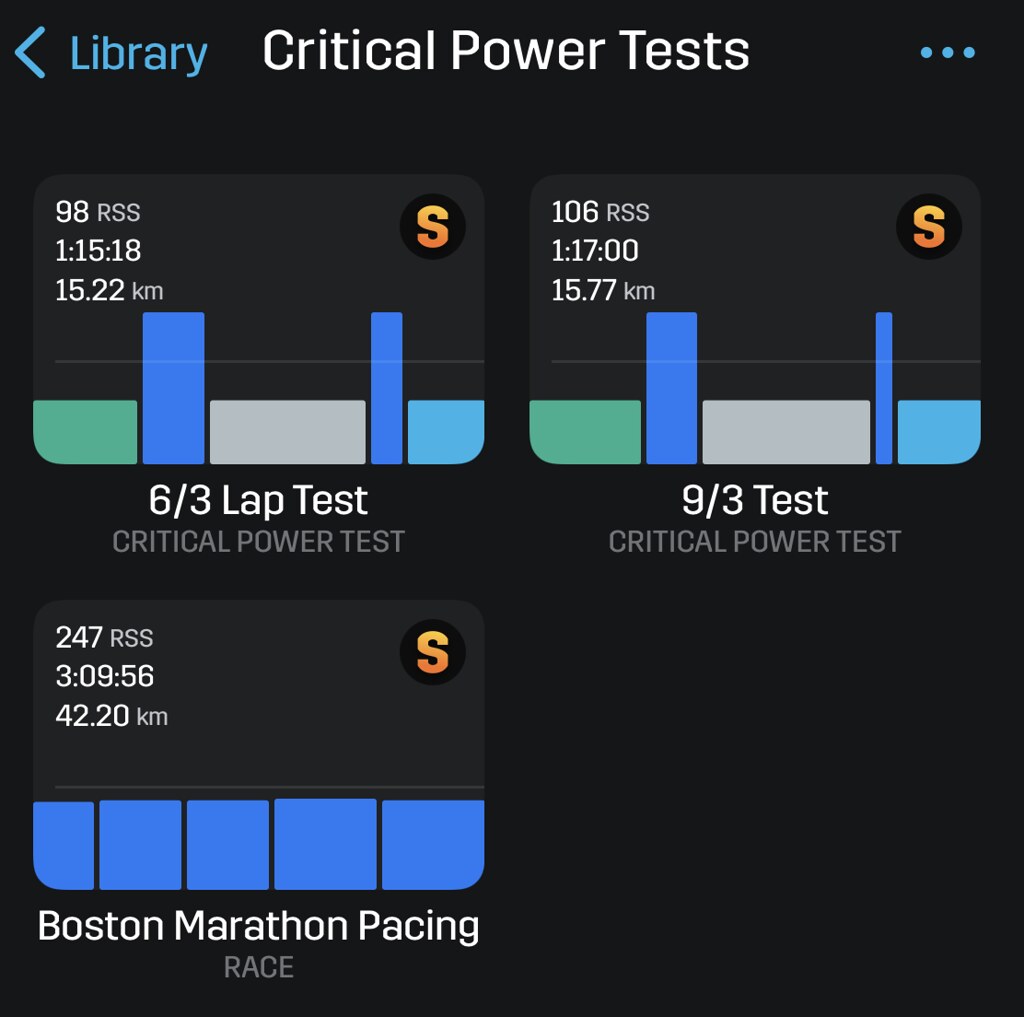

Running with power, using a Stryd footpod
source link: https://www.yellow-bricks.com/2022/09/21/running-with-power-using-a-stryd-footpod/
Go to the source link to view the article. You can view the picture content, updated content and better typesetting reading experience. If the link is broken, please click the button below to view the snapshot at that time.
Running with power, using a Stryd footpod
Duncan Epping · Sep 21, 2022 · Leave a Comment
 A month ago or so I posted a thread on twitter that discusses my experience of using the Stryd footpod. I figured I would dump it in a blog post so that it doesn’t get lost. I’ve noticed various questions on twitter and facebook groups lately about the Stryd footpod and running with power. Questions that can easily be answered in my opinion, I will add some of those basic questions to the end of this blog.
A month ago or so I posted a thread on twitter that discusses my experience of using the Stryd footpod. I figured I would dump it in a blog post so that it doesn’t get lost. I’ve noticed various questions on twitter and facebook groups lately about the Stryd footpod and running with power. Questions that can easily be answered in my opinion, I will add some of those basic questions to the end of this blog.
So what is Stryd and what does it provide? Stryd is a hardware device, that contains many sensors, combined with an ML/analytics platform. The hardware device is a footpod, and it measures your output and running capabilities. That data is then analyzed and your specific training zones are calculated and race results can be estimated. These training zones can then be used to improve your endurance and pace using a single metric!
Stryd displays watts as their key metric, very similar to what a cyclist sees when using a power meter. The benefit of this is that you can use this “watt” metric to for instance pace a race, run intervals, or run a full workout at a particular effort. Of course, you could use pace ranges as well or heart rate, and people have been doing that for many years. However, heart rate typically takes time to ramp up, so during an interval the delay of the heart rate could mean you run in the wrong zone (too slow, or too fast). Pace ranges avoid that problem, but you’ll need to understand your capabilities extremely well to determine those ranges in combination with effort. This can be challenging for advanced runners, let alone beginning runners.
Also, Stryd considers things that impact the effort like your weight, the slope (uphill, downhill), temperature, humidity, and wind. All those factors impact how much effort it will cost to run at a certain pace/speed and how long you can sustain that pace. Stryd also is extremely accurate when it comes to measuring distance, which can be very useful if you run in areas where GPS is unreliable.
That is why watts can be useful, even if GPS is unreliable you could run the same effort. Even if you are going uphill or downhill, you could run with the same effort. Even with full head-on wind, you can run with the same effort! This prevents a scenario where you blow yourself up during a workout/race, simply because of the weather conditions. Stryd even tracks the temperature and humidity you trained in and can use that in calculations for a race prediction. You simply add a race to your calendar, specify the expected temperature and humidity and Stryd will tell you which wattage to run the race at, based on what you are capable off and the temperature and humidity you trained at! How does that work?
Stryd determines what they call “critical power”. Your critical power is basically the “wattage” at which you can run for 1 hour. Stryd calculates this based on the last 90 days of data and based on your training creates what they call a “power duration curve”. Which basically is the model for calculating your potential at certain distances (5k / 10k / 21.1k / 42.2k).

The cool thing about Stryd is that it will, when it has enough data, provide you with ranges for your workouts and can also provide training plans based on your current capability. In my case for instance, while training for a marathon, it provided me with the ranges at which to run certain workouts. Easy would be between 205 W and 253 W, Moderate is between 253 W and 284 W etc. These ranges I then applied to my training plan for the marathon.

Now, one thing I do need to mention is that you need more than just a footpod, you need another device to read what you are doing, a smartwatch! Stryd provides apps and data fields for Garmin, Coros, Apple Watch, and other watches. It measures the environmental impact (slope/wind), your pace etc and shows your current power (watts) and the zone you are running in on your watch. So you have that immediate feedback. When you speed up, wattage goes up. You run up a hill, wattage goes up. You run down a hill at the same pace, wattage goes down. (Where heart rate usually takes a while to catch up, this is immediate feedback!) The same applies to running on a treadmill, by the way, most treadmills are not very accurate, that is also what Stryd can help with, it will provide you a better estimate of your effort/pace on a treadmill! The thing which may even be most useful over time is the fact that Stryd also tracks “stress” on your body. It will provide you an idea of how things are trending, whether an easy week would be smart to plan etc.
Are there any downsides? At the time of writing I am doing a marathon training plan (Pfitzinger 18/70), and what I noticed is that when you do a lot of long slow steady workouts…the algorithm isn’t optimal. The device/platform simply needs more data, and it needs a lot of variety in the data to accurately determine your critical power! Your critical power is used for determining zones, so it is important to get it right. It is also used for race predictions (provides wattage to run race at). But when you mainly do long slow(er) runs, the data variability is not high enough to make accurate predictions and provide the correct zones.
The neat thing is that Stryd has “calibration” workouts to fix this, but you will somehow need to fit those into your current plan. Do this once every 3 months, or else the outcome is skewed and activities could be less effective, and race predictions and pacing plans could be incorrect. In my case, I ran a 5k time trial (5 kilometers at max effort), and the next week I used one of their calibration workouts where you warm up, then run at a pace you can sustain for 9 minutes, followed by a recover section, and then run at a pace you can sustain for 3 minutes. This changed my critical power from 264W to 316W, which then changed my race prediction for the marathon from 3:35 to 3:14. (Which feels more accurate based on the training I have been doing.)

Also, what is very useful is that when you want to run a race you can simply add it to your calendar, and Stryd will, as mentioned, tell you at which wattage to run the race at based on your training. What surprised me is that I also had the ability to upload a GPX file, if the race is not part of their backend, and it will provide that wattage based on the manually entered temperature, humidity, and the course profile (slope etc) which it gets from the GPX file. In other words, if you would add the Boston Marathon and the Marathon of Eindhoven, the race wattage provided will be different as the course is different!
Talking about races, or running a personal record (or personal best as some call it), has it done anything specifically for me? Well, for me personally it has enabled me to run a PR on the 5K during my Marathon Training. It told me what I should be capable of running, and at the age of 48 (yes, I am old), I managed to drop my 5K PR with roughly 30 seconds in a time trial. I am pretty confident even, that when I would train specifically with the Stryd for a 5k, and I would run a race, I could probably shave off another 20/25 seconds or so. Also, for the marathon it is now my goal to attack my PR and take off 10 minutes in the upcoming race.
Another thing I have to mention is that in order to get the most out of Stryd, you will need the subscription, which is 10 USD a month, although you can manually do most calculations if you are a spreadsheet wizard, it would be a lot of work. You basically would have to be a scientist, and of course, there are folks who are doing this (two dutch scientists, who have an excellent website with a lot of explanations around running with power) it isn’t easy, and I would recommend using the subscription if you have a Stryd and try not only their workouts but also their full training plans. (I’ve heard some great feedback on those training plans.) You can cancel the subscription per month, so why not? If you want to buy a device, just go here.
Some issues I hit, and how I solved them:
I ran a fast 10k / half marathon / marathon last year, and Stryd’s estimation is much lower right now, why is that? Stryd uses the data of the last 90 days. If you only do for instance easy pace mid/long runs then it will base all calculations on that data. Without a wide range of data points, Stryd can’t make an accurate prediction. My suggestion is to add more variety to your training. For instance, do a 5k time trial, and do a 9/3 Calibration Workout (part of Stryd’s workouts in the app). This will calibrate your Critical Power, change the power duration curve, and as a result will provide more accurate predictions.
I want to upload my GPX file to Stryd Powercenter for a race, but I get an error about timestamps? You can add timestamps to an existing GPX file using this website. It will provide a new file which can then be uploaded via Stryd Powercenter.
I see my power data field jumping up and down constantly, can I fix this? I personally use a “3-second average”, this seems more stable and provides a more accurate metric to use whole running. You can configure the data field for most watching to use a 3-second average or more even when desired.
Share it:
Recommend
About Joyk
Aggregate valuable and interesting links.
Joyk means Joy of geeK